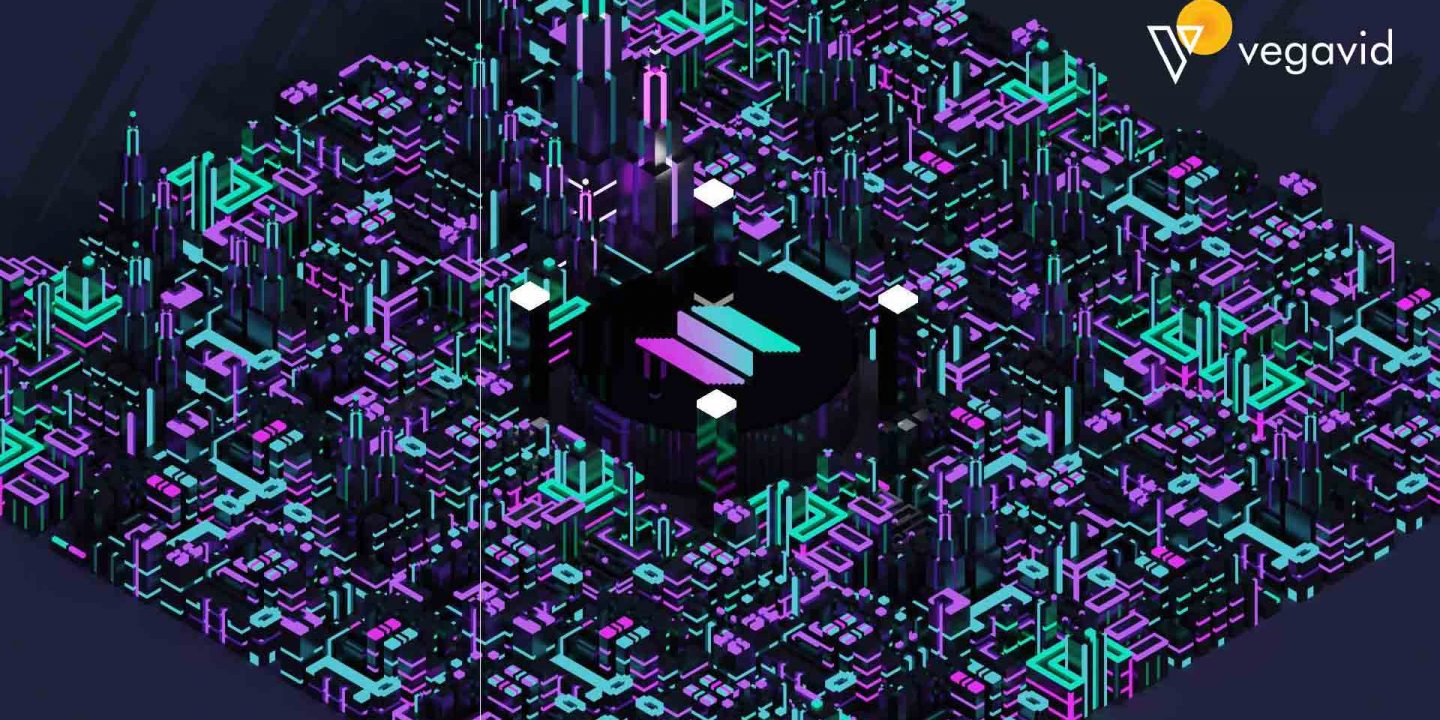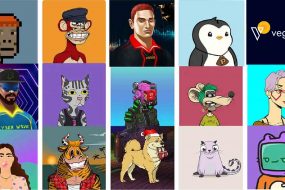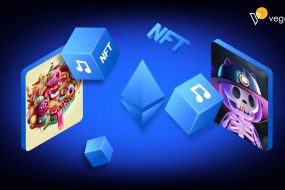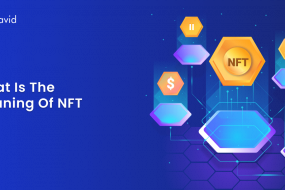
Non-fungible tokens (NFTs) have taken the digital art and collectables world by storm, with the market for NFTs growing exponentially in recent months. NFTs are unique digital assets representing ownership of a specific item, such as a digital artwork or collectable. Unlike traditional cryptocurrencies, which are interchangeable, NFTs cannot be exchanged for an identical asset.
Solana, a high-performance blockchain platform, is well-suited for building NFT marketplaces due to its fast transaction speeds and low costs. This blog post will explore how to develop an NFT marketplace on Solana. We will cover everything from the technical details of creating and mint NFTs to the practical considerations of building and scaling an NFT marketplace on the Solana blockchain.
Benefits of NFT Marketplace on Solana
Building an NFT marketplace on Solana is a great way to take advantage of the blockchain’s high-performance and low-cost transactions. By tokenizing digital assets and using smart contracts to manage the buying and selling of assets, you can create a decentralized and secure marketplace that allows users to trade unique digital assets efficiently. Anyone can develop an NFT marketplace on Solana with the proper knowledge and tools.
NFT marketplaces on Solana offer a host of benefits for both buyers and sellers. Here are a few key advantages:
Speed and scalability: Solana is a high-performance blockchain that can handle thousands of transactions per second. This means that NFT marketplaces built on Solana can handle large amounts of transactions quickly and efficiently, making it an excellent option for creators looking to sell their digital assets.
Low transaction fees: Solana’s architecture allows for very low transaction fees, making it accessible for users to buy and sell NFTs at a low cost.
Easy to use: Solana’s platform is designed to be user-friendly, making it easy for anyone to participate in the NFT marketplace.
Access to a global market: Solana’s platform is decentralized and available globally, allowing creators to reach a global audience and buyers to access unique digital assets worldwide.
How does an NFT Marketplace work on Solana?
An NFT (non-fungible token) marketplace on Solana uses the Solana blockchain to create and manage unique digital assets known as NFTs. These NFTs can represent ownership of digital collectables, art, and other digital assets.
Here’s a general overview of how an NFT marketplace on Solana works:
- The NFTs are created and minted on the Solana blockchain using smart contracts.
- The NFTs are then listed on the marketplace, where users can view and purchase them using Solana’s native cryptocurrency, SOL.
- When a user purchases an NFT, the ownership of the NFT is transferred to their digital wallet, and the transaction is recorded on the Solana blockchain.
- The NFT marketplace can also allow users to trade or sell the NFTs they own, and the transactions are recorded on the Solana blockchain.
- Since Solana is a fast and low-cost blockchain, the NFT marketplace can offer fast and low-cost transactions, which is highly beneficial for buying, selling, and trading NFTs.
The specifics of how an NFT marketplace on Solana would work depending on the specific implementation and the smart contract used by the marketplace.
Process of developing NFT marketplace on Solana
To develop an NFT marketplace on Solana, you’ll need a basic understanding of blockchain technology and innovative contract programming. You’ll also need to be familiar with the Solana blockchain and its APIs. You can use existing tools and platforms to build your marketplace, such as Solana’s Javascript SDK.
The rise of non-fungible tokens (NFTs) has created a new market for digital assets. As a result, the number of NFT marketplaces on Solana is increasing rapidly. If you’re interested in developing an NFT marketplace on Solana, there are several key steps you’ll need to take.
Research and Planning
When developing an NFT marketplace on Solana, the first step is research and planning. This stage is crucial for understanding the market, competition, and user needs, laying the foundation for the marketplace’s success.
Researching the market involves gathering information on the current state of the NFT market, identifying trends, and understanding the potential demand for an NFT marketplace on Solana. It’s also important to research the competition and understand the existing NFT marketplaces, their features, and their strengths and weaknesses.
Based on the research, you can identify specific features and functionality that will be included in the marketplace. This could include the ability to mint and transfer NFTs, a user-friendly interface, and a marketplace where users can buy, sell and trade NFTs.
Design and Development
Design and development is the next step in developing an NFT marketplace on Solana. This stage involves creating the user interface and experience and developing the smart contracts that will be used to mint, transfer, and manage the NFTs on the Solana blockchain.
Designing the user interface and experience is important in creating a successful NFT marketplace. It should be user-friendly, easy to navigate, and visually appealing. The interface should be designed with the user in mind, making it easy for them to find and purchase NFTs.
Developing smart contracts for the NFT marketplace on Solana is a crucial step. These contracts are responsible for minting and transferring NFTs, and they need to be secure and free of bugs to ensure that transactions are processed correctly. Developers should understand intelligent contract development and the Solana blockchain to ensure the contracts are built correctly.
Testing and Quality Assurance
After designing and developing an NFT marketplace on Solana, testing and quality assurance is crucial before deploying it to the blockchain. This step ensures that the marketplace functions correctly and is free of bugs.
Testing and Quality Assurance help to identify and fix any issues with the smart contracts and the user interface before the marketplace is launched. This can include both automated testing, as well as manual testing by developers. Automated testing can be done using tools such as Truffle or OpenZeppelin to test the smart contracts and Selenium or Cypress to test the user interface. These tools can help identify bugs or issues in the code and save time and resources during development.
Manual testing is also an important step in the QA process. Developers can test the smart contracts and user interface to identify issues that automated testing tools may need to catch. This can include testing the marketplace with different scenarios, such as different types of NFTs, different numbers of NFTs, and user interactions. By thoroughly testing the marketplace, developers can ensure that it is functioning correctly and is free of bugs, providing a better user experience for the users and a trustable platform for NFT trade.
Deployment
Deployment involves uploading the smart contracts to the Solana blockchain and making the marketplace available to users. This step requires a good understanding of the Solana blockchain and how to deploy smart contracts. It is important to ensure that smart contracts are deployed correctly and securely. This can be done by reviewing the code and testing it on a test net before deploying it to the mainnet.
Once the smart contracts are deployed, and the marketplace is made available to users, the NFT marketplace is live, and users can start buying, selling, and trading NFTs.
By deploying smart contracts to the Solana blockchain and making the marketplace available to users, the NFT marketplace is live and functional. And it’s important to ensure that the smart contracts are deployed correctly and securely to provide a trustable platform for users.
Maintenance and Updating
Developing an NFT marketplace on Solana is a process that takes time. It’s an ongoing effort that requires maintenance and updating to ensure that it continues to meet users’ needs. Maintenance involves monitoring the marketplace for any issues or bugs and addressing them as soon as they arise. This can include fixing bugs, addressing security vulnerabilities, and ensuring that the marketplace runs smoothly.
Updating is also an essential aspect of maintaining an NFT marketplace on Solana. This includes adding new features, improving existing functionality, and making changes to the marketplace to keep up with the latest trends and user needs. It’s essential to keep the marketplace up-to-date to remain relevant and competitive. For example, adding new types of NFTs, new trading options, and new ways to interact with the marketplace can attract new users and retain existing ones.
Building an NFT marketplace on Solana can be challenging, but with the proper knowledge, planning, and execution, it can be a successful and profitable endeavor. With Solana’s capabilities, you can build a fast, reliable, and scalable NFT marketplace that can handle a high volume of transactions and provide users with a seamless experience.
Conclusion
If you’re considering developing an NFT marketplace, we recommend researching and considering using Solana as your platform. We have explored the topic of “How to Develop an NFT Marketplace on Solana?” We have discussed the advantages of using Solana as the platform for an NFT marketplace, the process of developing an NFT marketplace on Solana, and the tools and resources available to assist in the development process. We hope this blog post has provided valuable insights and information on the subject. We encourage you to consider Solana as your platform of choice when developing your own NFT marketplace.











